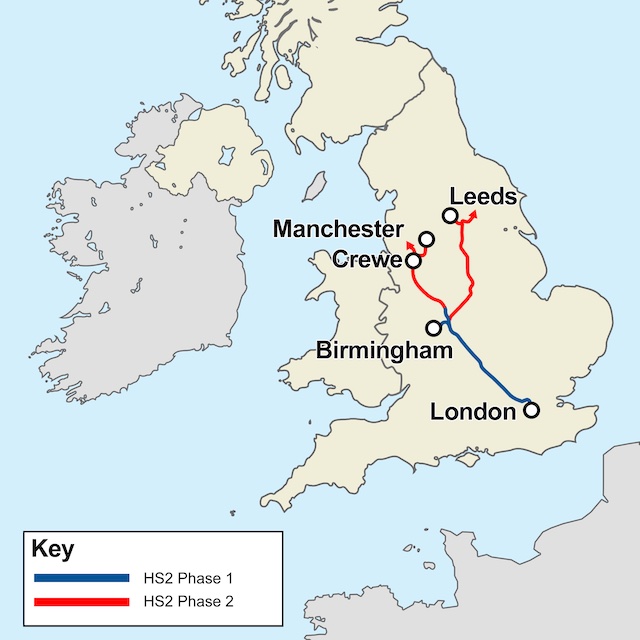Speaking of faulty railcar wheels (which I wrote about in Monday’s post regarding the Hawaii rail debacle), Washington’s Metro has been forced to drastically reduce rail service due to wheel problems that are causing its trains to frequently derail. The National Transportation Safety Board discovered that Metrorail trains have suffered dozens of minor derailments since the 7000-series of cars were put into service in 2015.
A Blue Line train derailed last week, and investigators found that it had actually derailed twice before that same day. Many other trains were delayed as it took two hours to evacuate the 187 passengers on board. In a press conference early this week, National Transportation Safety Board officials said that the derailment could have been “catastrophic” if the wheels had hit the third rail that powers the trains.
As a result, Metro is taking the 7000-series cars out of service for at least a week while it tries to determine what to do about the problem. Since those cars make up 60 percent of the system’s operable fleet, that means reducing service from as frequently as every five minutes to as infrequently as every half hour. Continue reading









